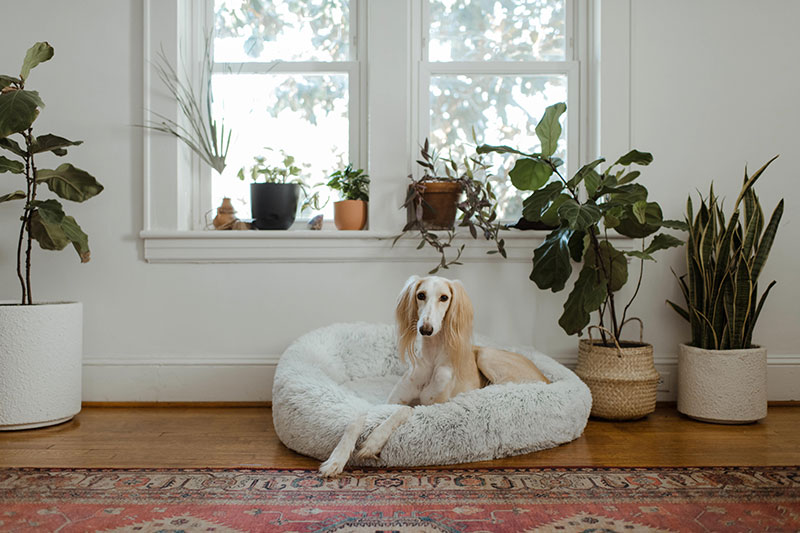Advertisement
In a world where variety is the spice of life and our individuality is rightly celebrated, one common theme in home decoration, no matter age, gender, or income level, is houseplants. Not only are houseplants an easy way to bring natural beauty into your home, but they have also been shown to have amazing health benefits. From boosting your mental health to purifying the air, you breathe at home. If you’re just dipping your toes into the “plant lady” or guy pool, you may wonder what to consider when shopping for houseplants. Keep reading to learn how to determine which plants are right for you.
The Right Light
Knowing how much light you have in your home is a great place to start when picking the right plants for your home. As you grow your green thumb, researching which direction of light is best for your plants will become important too. Plants that thrive in low lighting are the ZZ plant, ivy, and Snake plants. If you have a lot of natural light in your home, first of all, lucky you! Secondly, your options expand greatly, and popular direct, high-light plants for your home, like Aloe Vera, Jade, and Ponytail palms, are good starter plants.
Where to Buy Plants
While all plants are beautiful, making sure you get the healthiest possible plants for your home is important, and not all plant retailers are created equal. While grocery stores can cause an impulse plant purchase, it’s better to source your houseplants from a local nursery or purchase live plants for sale off reputable plant websites. The initial health of your plant can ensure you don’t deal with pesky pests from the beginning and make your plants have healthier lives. Collecting and decorating with houseplants can become an expensive habit, so investing in high-quality plants is essential.
Care Level and Commitment
Some houseplants are easy to grow, and others take a lot of know-how and hard work. Orchids are notoriously difficult to care for though abundant in grocery stores and nurseries. Pothos and split-leaf Philodendrons, on the other hand, require little attention and thrive. Knowing how much time and energy you dedicate to your houseplants should be a major factor in the type of plants you purchase.
Pet Safety
While dogs can usually be trusted to avoid your houseplants, some family dogs are curious about them. Cats, however, are notorious for investigating and even eating houseplants. While many houseplants are safe to have around your furry family members, like Spider plants, Boston ferns, and even Venus Fly Traps, it’s important to ensure you don’t have any that could harm your pet. If you must decorate with houseplants that are toxic to pets, make sure they are completely out of reach. Some common houseplants that harm your dog or cat are Lillies, Jade plants, and Asparagus ferns. It’s worth doing a quick search online for plant toxicity before bringing it home.
The Right Base
A strong foundation is the most important part of any relationship, even your home. Houseplants are living things, and providing the right base for their health and longevity is essential. Make sure you use high-quality potting soil and a pot or container that promotes your plant’s growth. Some plants need a sandy mixture in their soil. Some plants need complete drainage and are prone to root rot, while others prefer a moister soil. You can set your houseplants up for success by taking time to research their care instructions and investing in a solid foundation. Don’t neglect fertilization requirements either; many plant owners neglect this step and wonder why their plants aren’t thriving or even withering.
Caring for houseplants comes with a learning curve, but it’s an excellent skill to cultivate. Learning about the houseplants you purchase and decorating your home will serve you well, as plants can easily outlive you with the right attention and care. Using the above factors as a guideline for the types of plants to use in your home, you’ll have an easier time than just diving straight in. As your plants grow, experiment with propagating and repotting them to continue collection. Now, get growing!

